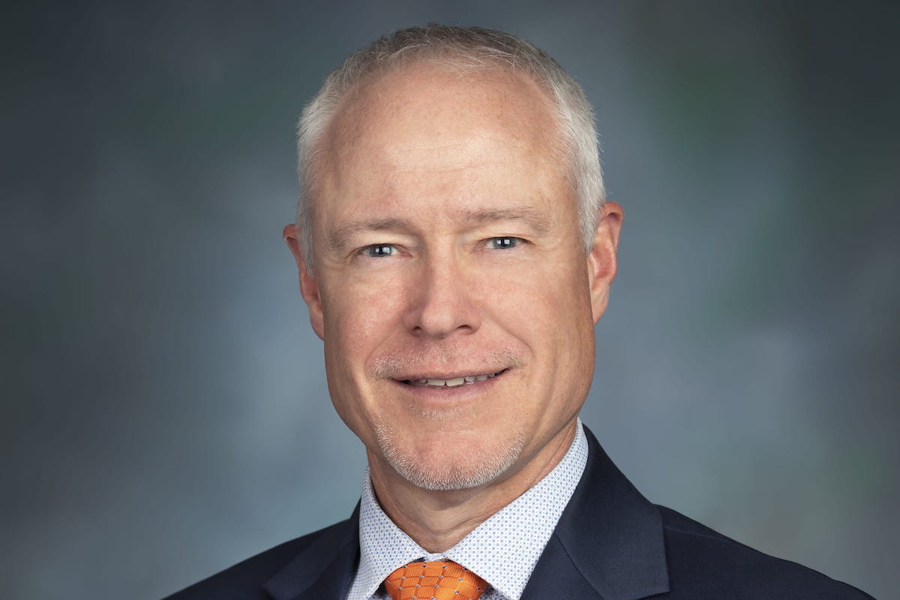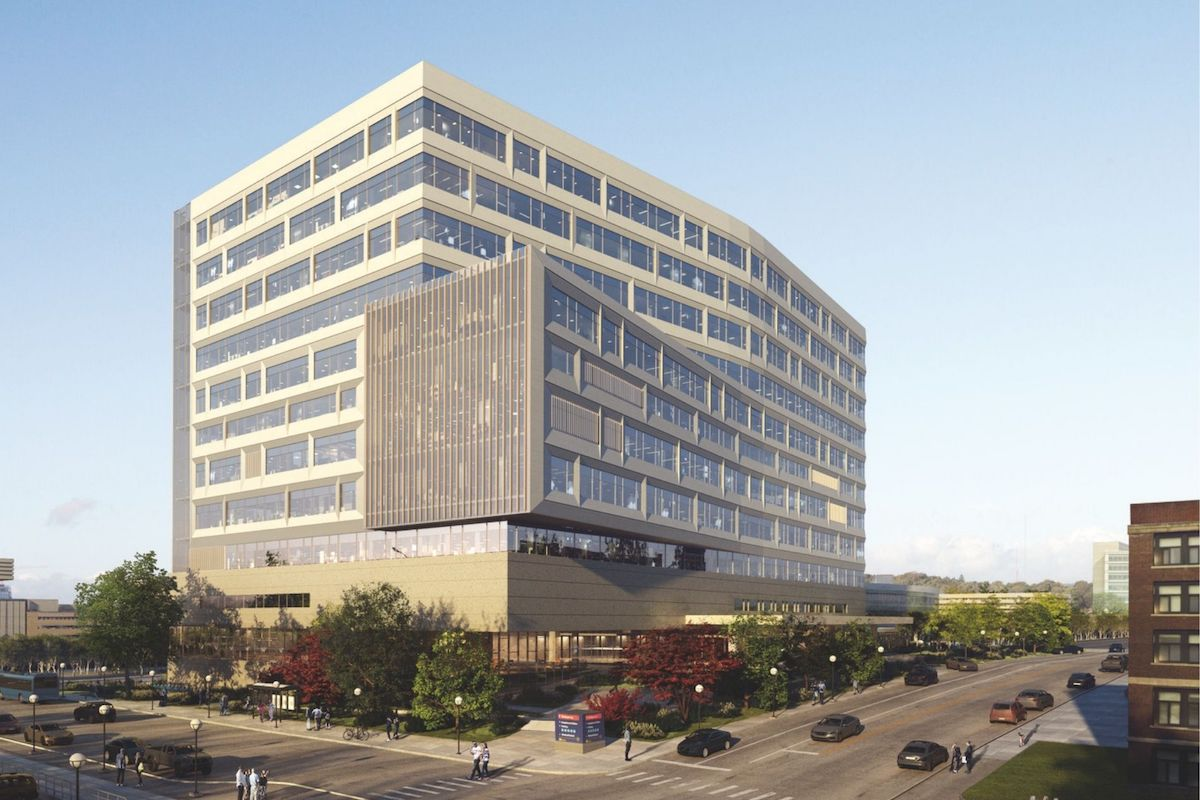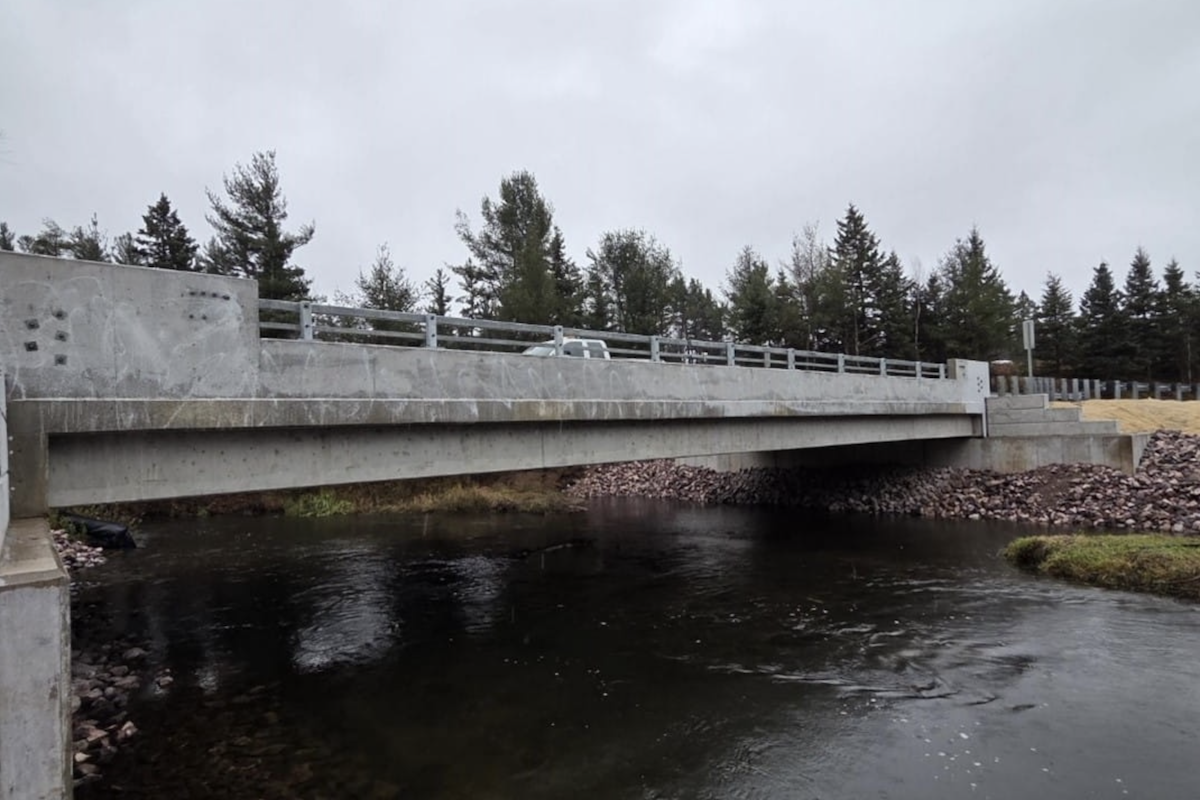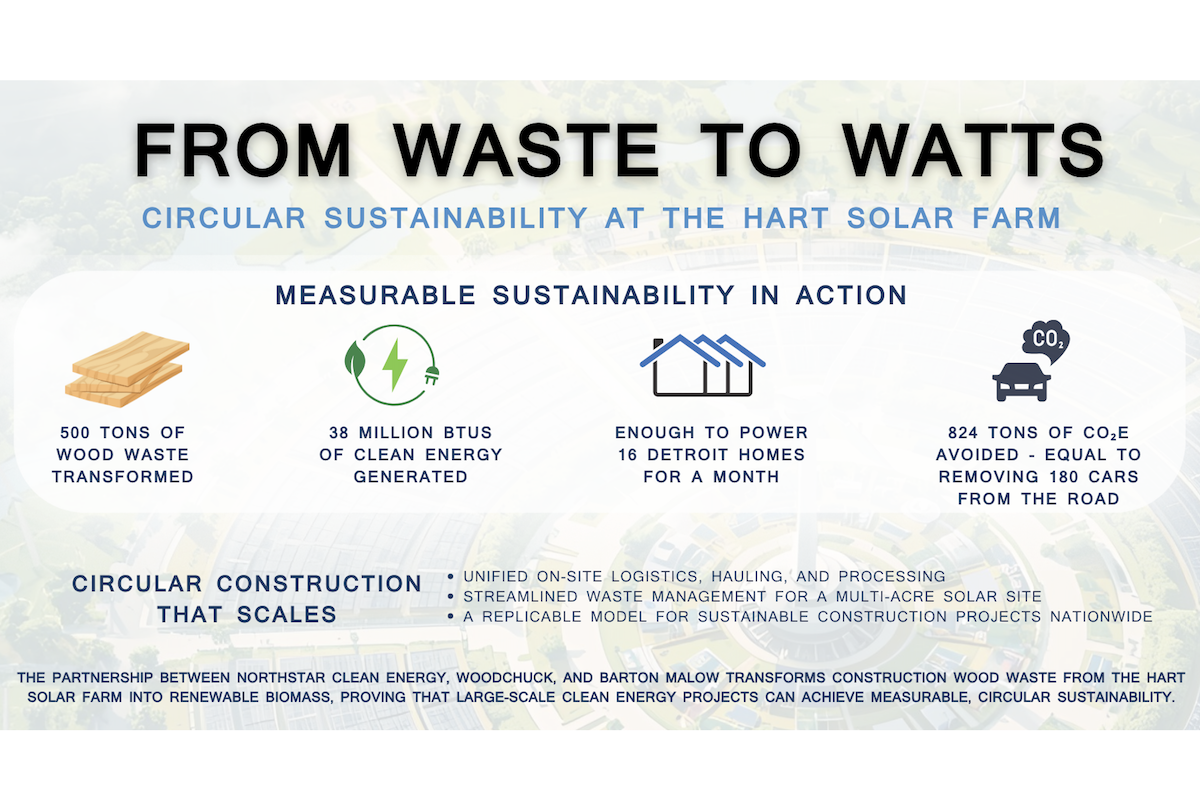While his crystal ball can’t specifically answer that question as it relates to the pandemic, Mark Smolinski, PE, a Principal at G2 Consulting Group in Troy, Michigan, believes that 2021 holds promise for Michigan's construction industry, especially for long overdue infrastructure repairs. Smolinski also spoke with other construction industry leaders to collect and consolidate their opinions.
“President Biden has made it clear that infrastructure is going to be front and center in his Administration in Washington, and it’s likely to be the same in the “fix the damn roads” administration in Lansing where Governor Whitmer was elected on that promise two years ago,” Smolinski said. “Of course, the virus got in the way of those ambitions, as it did everything else.
“But as life gets back to normal, infrastructure will remain front and center because the country’s infrastructure is long overdue for major overhaul. Many bridges, highways, dams, and sewage systems are beyond repair and they’re failing. They have to be fixed."
Andrew McCune, PE, President and CEO at Wade Trim, said that he was surprised how efficiently the construction industry adapted when COVID first hit. "As an industry, we were able to quickly pivot to the changing COVID reality and find innovative ways to continue to safely move projects forward. That resiliency will help the industry navigate future disruption."

| Your local Deere & Co dealer |
|---|
| AIS Construction Equipment |
McCune is cautiously optimistic for 2021 and suggests proactive communication among construction firms is key to track new projects and potential RFPs. "At Wade, we're holding quarterly calls with our major clients and partners to compare notes and track progress. We see a continuation of the current environment through the first half of the year, but are closely monitoring forecasts for Q3 and Q4 for potential change."
Jon Kramer, PE, President at OHM Advisors, questions how COVID may impact building and office design over the next several years. "Our architecture services saw a reduction in new project starts in 2020, however, they kept busy with renovations and retrofits," Kramer said. "COVID's full impact won't be known for years, but there are definitely some early lessons learned that are changing the way we approach commercial office design as well as architectural design in general."
Kramer said 2020 was stronger, overall, than anticipated. He said that OHM is closely watching municipal budgets to understand and assess local priorities. "Will municipalities get stimulus funding for certain projects? Will federal and state governments earmark more dollars towards transportation and infrastructure? We're tracking these developments closely, and, if they go as we forecast, we anticipate another solid year," he said.
Although infrastructure investment is widely viewed as the major industry catalyst driving 2021, several other sectors are poised for growth with municipal engineering projects, telecomm expansion, industrial development, and alternative energy projects all on tap:
- Telecomm: Steady to strong. Robust activity in cellular tower services expected as a result of the Federal Communications Commission actions to facilitate the faster deployment of 5G networks nationwide.
- Alternative Energy: Steady to strong. Continued demand, especially in solar which seems to be gaining momentum, while demand for wind appears to be lessening.
- Education: Strong. School bond work continues without obvious signs of slowdown. COVID renovations and remodeling may create additional opportunities.
- Health Care: Likely slowing. Health care industry needs to "recover" from pandemic, better assess the "lessons learned," and then will reconsider new investment, perhaps next year or a few years down the road
- Municipal engineering: Strong. Water/wastewater projects need to be addressed. Roads continue to be an issue.
- Commercial: Mixed. Build-to-suit work remains, but speculative projects have drastically slowed. Student housing is down as are commercial projects in urban markets. Housing and apartments in more suburban locations remains solid.
- Industrial: Strong. The fast growing delivery/logistics sector and automotive industry are driving industrial growth.
Those surveyed anticipate strong demand for construction work throughout the country if the macro economy holds its recent pace and the virus comes under control. It was noted that the Biden Plan calls for a $2 trillion accelerated investment in the nation’s infrastructure, i.e., during Biden’s first term. At the same time, COVID's impact remains uncertain and additional forced closures could be devastating.

| Your local Trimble Construction Division dealer |
|---|
| SITECH Michigan |
“We understand the critical infrastructure needs and the importance of addressing them now,” Smolinski said. “Meeting all these immediate and short-term needs will be a huge challenge — and opportunity — for the construction industry. G2 and our partners look forward to both the challenge and the opportunity."
































































